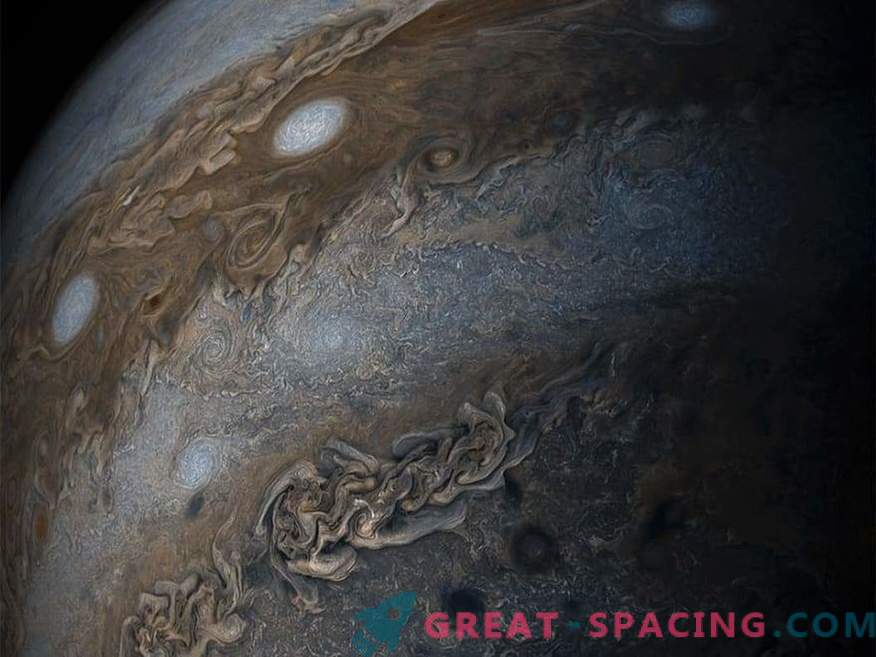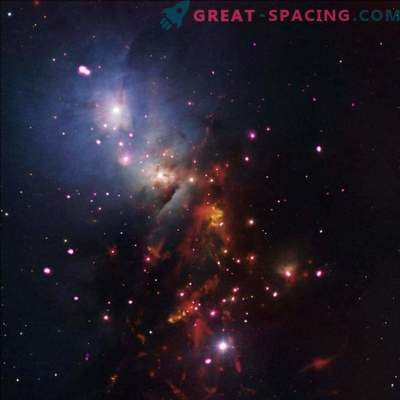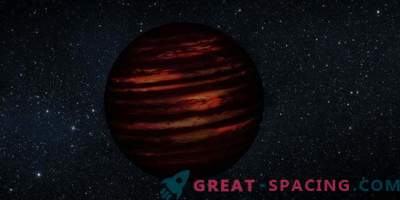
Artistic interpretation of a brown dwarf with cloudy stripes resembling the situation in Neptune
Brown dwarfs are low-mass and dim objects with powerful winds and hot clouds. More recently, researchers have been able to understand the principle of moving cloud cover.
The new model was formed on the basis of observations of the Spitzer telescope. Large-scale waves cause particles to move in the atmosphere of a dwarf, affecting the thickness of silicate clouds. For the first time it was possible to display these features on such dim objects.
Different wave types can form in atmospheric layers. If you compare, then the situation in brown dwarfs resembles what happens on the gas giants. Neptune’s clouds follow the stripes, but they are formed from ice.
The winds in the atmosphere of brown dwarfs resemble zones on Jupiter. These objects are considered as failed stars because they lack massiveness to activate nuclear melting. These are peculiar superplanets, like gas giants. Mostly represented by hydrogen and helium. We learned about cloud storms in 2014. With the help of the Spitzer telescope, it was possible to trace the change in brightness in 6 brown dwarfs (surveillance took more than a year). This helped to understand the principle of the distribution of silicate clouds.

Jupiter Clouds Captured by Juno's Mission
Scientists thought they would notice elliptical storms, like Jupiter's Great Red Spot. But the feature of the gas giant changes slowly, and the brightness on brown dwarfs is characterized by swiftness.
I had to look for new ideas about what might happen in the atmosphere of dwarfs. The best option is based on large waves propagating at different intervals. With the help of a supercomputer, we managed to create cloud transfer maps.
If the wave peaks are shifted, then we see the maximum brightness of two points. If they merge, then a single peak grows, doubling the brightness of the object.











































